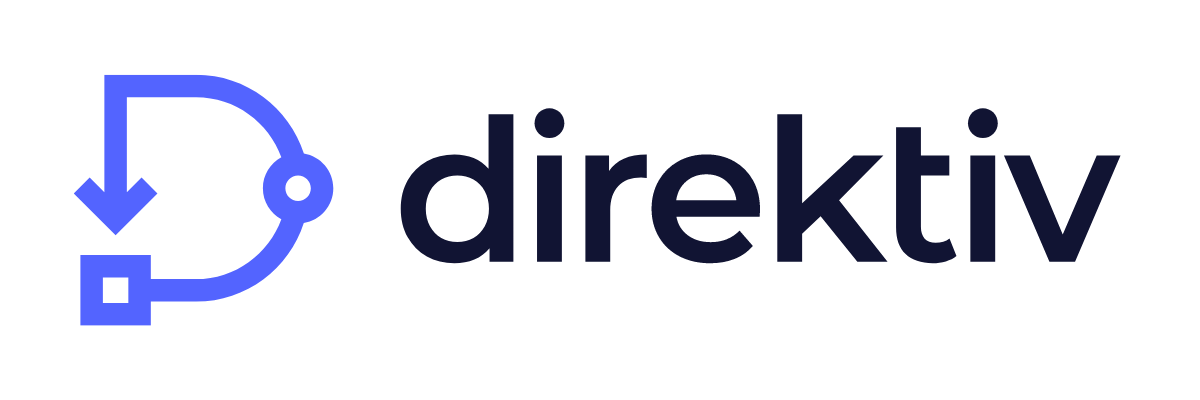How Observability Leads to a Successful GitOps Process

According to a 2022 Cloud Native Computing Foundation survey, nearly 84% of respondents adhered to GitOps principles at some level—and for good reason.
GitOps has ushered in a paradigm shift for DevOps teams by breaking down silos in collaboration and allowing for more transparency between development and systems administration processes through a centralized platform known as Git.
Adopting GitOps as a core methodology of your DevOps team (as you may already know) can drastically improve efficiencies and save a lot of headaches, but not without observability. ✋ You should be thinking of GitOps and observability as a dynamic duo for achieving successful, iterative software deployment. Without real-time visibility into the status of, let’s say, a Kubernetes cluster, your GitOps system can’t effectively deploy changes that reach your desired state. What is Han Solo without Chewy?
In this blog, we’re diving into GitOps and the key role observability plays in a successful process. We’ll also look at how Direktiv enables this dynamic duo for modern DevOps teams. Let’s ‘git’ into it. ⬇️
What is GitOps?
GitOps is a set of methodologies for automating the deployment, configuration, and provisioning of applications and infrastructure using version control systems (i.e. the Git platform).
Git relies on a central repository that serves as a single source of truth for all iterations or ‘versions’ of a project. Accessible to all members of a DevOps team, they can make changes to the code through ‘pull requests’, which must be approved and pass all required checks before being merged into the base branch. In the event a code change includes a bug or error, developers have the power to revert the base branch to a previous version or remove a commit at a specific point in the branch’s history. ✅
Often used within Kubernetes clusters, Git allows developers to make declarative code changes that specify a desired state as opposed to having to learn specific kubectl commands.
In short, GitOps streamlines collaboration through a centralized platform that standardizes operations for DevOps team members of varied backgrounds. Still, without a built-in observability solution, your fleet of X-wings won’t get very far in taking down the Death Star.
(Source: Giphy)
The Need for Observability in GitOps
If we’re sticking with the Star Wars references, then observability essentially serves the same function as Admiral Ackbar. Just as the amphibious admiral guides his fleet through their mission and identifies blind spots (“It’s a trap!”), so too does observability guide DevOps teams in their ability to identify divergence between the current state of deployment and their intended state.
(Source: Giphy)
How Observability Works with GitOps
Observability allows for effective monitoring of systems, relying on three core components:
- Logs - These provide a record of chronological events that occur in a system, allowing for root cause analysis of incidents, outages, or even security threats.
- Metrics - These are quantitative measures of performance data recorded at set time intervals. The data may include things like CPU usage, memory consumption, and request rates.
- Traces - These allow you to visualize the path of a request as it travels through different systems, helping you to understand the performance of a given request and its dependencies.
Visibility into each of these components empowers DevOps teams to quickly diagnose where there’s a production issue, where they can optimize performance, or where they can shore up any security vulnerabilities in a short amount of time. After all, knowledge is power—and each crucial component of observability provides insights and knowledge to DevOps teams at a granular level.
But wait, there’s more! 👀
There are two different types of observability in GitOps you should know about: internal and external.
Internal Observability
This type of observability refers to the ability to monitor the internal components, performance, and behaviors of a system—like in a Kubernetes cluster. This has everything to do with synchronizing the actual state with the intended state between the Kubernetes cluster and the GitOps controller, respectively. 👍
External Observability
In contrast, external observability refers to monitoring events from the perspective of users and systems outside (but still working in tandem with) the Kubernetes cluster. This might have to do with load times and responsiveness for users of an application in various locations, or how the GitOps controller is communicating the state of the Kubernetes cluster to external APIs.
To have your GitOps process run as smoothly as possible, observability from both perspectives is essential. You can have an internal system that’s firing on all cylinders, but if code changes aren’t proactively informing the rest of your ecosystem, then the user experience on your application will still suffer. 👎
When considering adding any platform to augment your GitOps, it’s important to first make sure that the platform has built-in observability.
(Source: Giphy)
Direktiv’s Built-in Observability
Direktiv comes with built-in observability, so you can enhance your GitOps with streamlined workflows without ever feeling like you’re in the dark when something breaks. As long as you’re working with any OpenTelemetry, Fluentbit, or Prometheus enabled system, you can monitor traces, logs, and metrics as soon as Direktiv is installed.
Our approach to observability encompasses the following key elements👇
- Comprehensive Metrics: We recognized the importance of having access to metrics not only from the Direktiv engine and its software components but also from the containers involved in workflow execution. To ensure a holistic view, we extended this to encompass metrics from the Knative components upon which our system relies.
- Thorough Log Collection: Our commitment to observability led us to adopt a comprehensive log collection strategy. This involved gathering log files from various sources, including the Direktiv engine, Knative function calls, API interactions, containers in use, and workflows themselves. Essentially, our aim was to log everything loggable.
- Robust Telemetry Data: To ensure a thorough understanding of our system's performance and interactions, we sought telemetry information not only from the Direktiv engine but also from Knative components, API calls, containers, and workflows. In essence, we aimed to trace every aspect that could provide valuable insights.
For an in-depth look into how we configure observability in our platform, check out our article on Medium.
Final Thoughts
GitOps is becoming the new normal for DevOps teams that want a more collaborative, transparent, and efficient way of working. But in a landscape where more team members are able to collaborate with one another than ever before, observability is a must to ensure we can always retrace our steps and pinpoint exactly where a code change is needed.
If you’re looking to further streamline your GitOps process with custom, event-driven workflows, give Direktiv a try (for free)!

.png)

